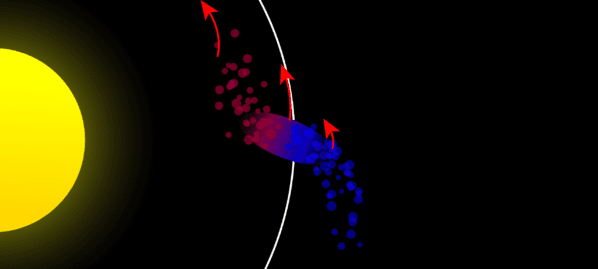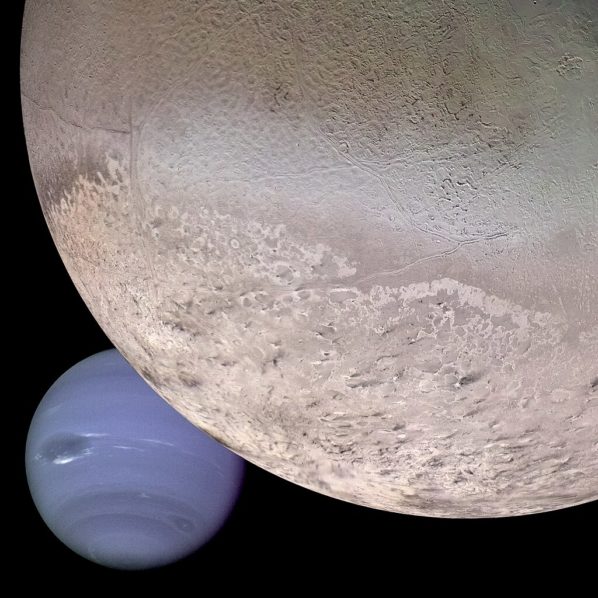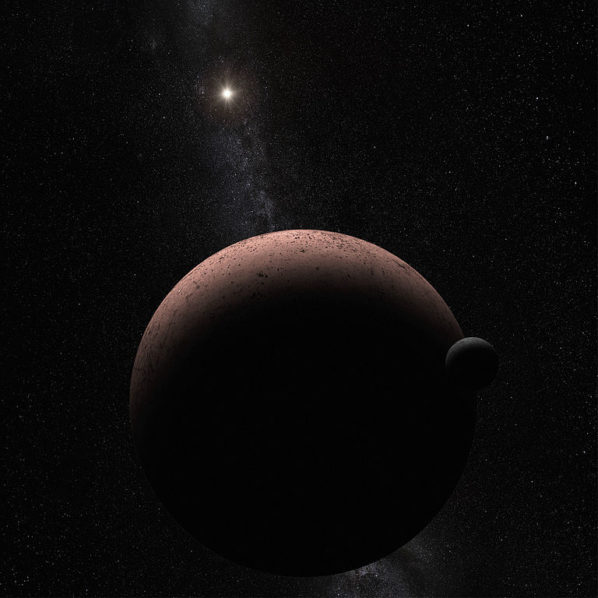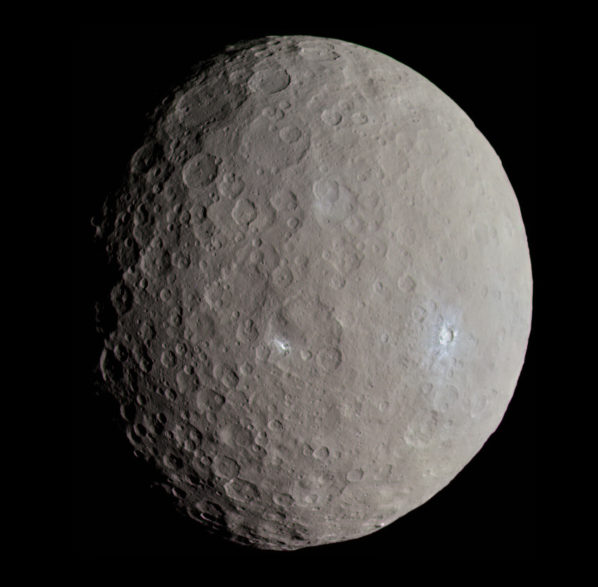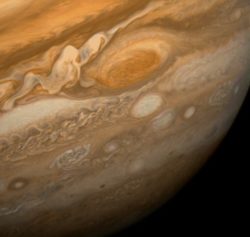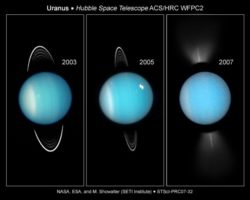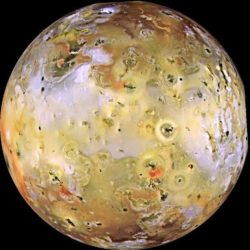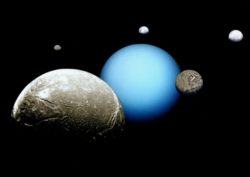The Roche Limit – What Happens When a Moon Gets Too Close?
The Roche limit is a celestial boundary where moons face destruction due to tidal forces, forming rings or colliding with planets. It reshapes our cosmic knowledge—a fascinating frontier to explore!
Why Do We Think Triton Is a Captured Moon?
Discover the key evidence suggesting that Triton, Neptune's moon, is a captured moon. Explore its unusual orbit, composition, and unique features, uncovering the mystery of its origins.
A Good Time to Observe Dwarf Planet Makemake
On March 29, we have a great opportunity to observe the dwarf planet Makemake. It will be at opposition, which means it will reach the highest point in the sky at around midnight and be opposite to the Sun. At around the same time Makemake will also reach its closest point to the Earth (perigee) at a distance of 51.77 AU. Its peak brightness will be an apparent magnitude of 17.1, which makes it the brightest trans-Neptunian object after Pluto.
Stargazing Calendar for March 2023
Hello fellow stargazers! This month we only have one small meteor shower, but instead we can look forward to a comet visiting the inner solar system (just barely) and more interestingly two dwarf planets at opposition - Ceres and Makemake.
Mimas and Iapetus, Two Odd Moons of Saturn
Saturn has a lot of moons. Two of them are really odd, and bear a striking resemblance to the Death Star from the Star Wars movies. Mimas has a crater of approximately the same scale as the one on the Death Star. Iapetus also has large craters, but the resemblance lies in its equatorial ridge.
Monthly Stargazing Calendar for March 2016
March 2016 brings exciting astronomical events: Jupiter at opposition, total solar eclipse, March equinox, and penumbral lunar eclipse. Explore more!
Astronomy Picture of the Week – Rings of Uranus
This series of images of the rings of Uranus were taken by NASA's Hubble Space Telescope. They were taken at different times when the rings were facing the Earth at slightly different angles. In the third image, the edge-on rings appear as two spikes above and below the planet.
Astronomy Picture of the Week – Io Moon Of Jupiter
Io is the most volcanically active body in the solar system. It is the innermost of Jupiter's four major moons also known as the Galilean moons, named after their discoverer. Io's surface is constantly under construction. The volcanic eruptions quickly reshape every part of the moon's crust, so that a map of Io wouldn't stay accurate for quite long.
Astronomy Picture of the Week – Planet Uranus with Moons
This is a photo montage of Uranus and five of it's largest moons. The photos were taken separately by the Voyager 2 spacecraft. The moons, from largest to smallest as they appear here, are Ariel, Miranda, Titania, Oberon and Umbriel. When Voyager 2 visited the planet, it discovered 10 new smaller moons and took close-up pictures of its ring system.

